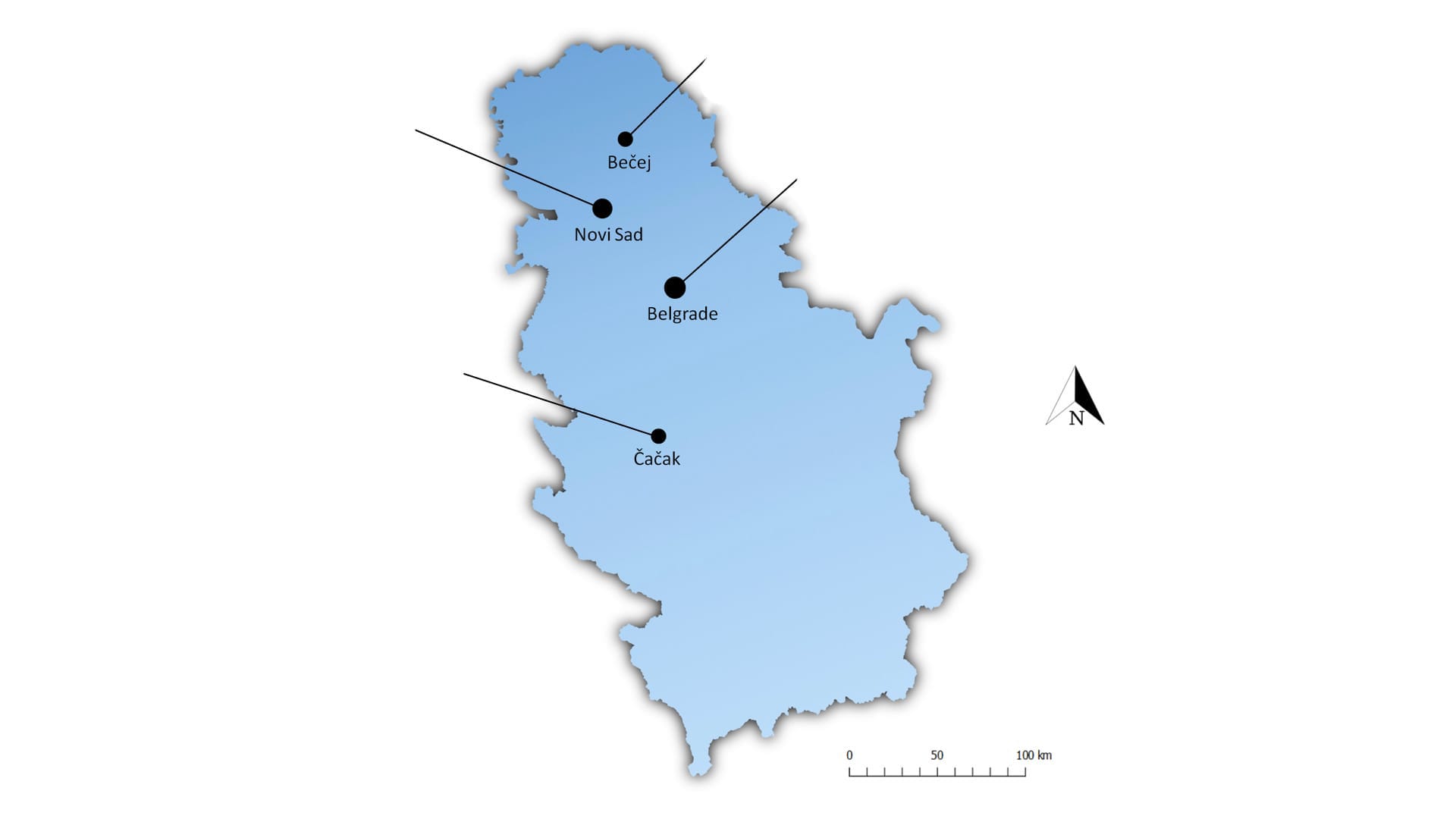Sites included in the project

Site: Jakovo - Kormadin, 6th CE (20 graves)
Kormadin near Jakovo – The archaeological site of Kormadin is located in Serbia, on the outskirts of Belgrade, within the municipality of Surčin and the cadastral municipality of Jakovo. This archaeological site has been excavated on several occasions since 1902, with the last archaeological campaign being conducted in 2008. Archaeological excavations revealed a vast Neolithic stratum, containing horizons with remains of residential structures, as well as a necropolis from the period of the 5th–6th century AD. In this project we will take into consideration only skeletons from the necropolis dated between the 5th and 6th century. The human skeletal material from Kormadin is stored in the City Museum of Belgrade (http://www.mgb.org.rs/) and in the Archaeological Museum in Zagreb (Croatia) (https://www.amz.hr/en/home/).
Site: Pionirska ulica, 6th-8th CE (34 graves)
Pionirska Ulica – Pionirska Ulica is an archaeological site located on the southern periphery of the city of Bečej, within the city zone. Archaeological excavations were conducted on three occasions 1979, 1988 and 2003. Excavations were led by the Bečej City Museum. In the necropolis of Pionirska Ulica 27 graves were discovered and they are dated between the 6th and 8th century CE. The human skeletal material from Pionirska Ulica is stored in the Bečej City Museum (https://www.muzejbecej.rs/).
Site: Gornje Sajlovo, 7th-9th CE (197 graves)
Site 40, potes Gornje Sajlovo – The archaeological site 40, potes Gornje Sajlovo is located in the industrial zone of Novi Sad, in the immediate vicinity of today’s Mali channel. The protective archaeological investigations have been conducted in several campaigns from 2012 to 2015 by the Institute for the Protection of Cultural Monuments of the City of Novi Sad. During investigations, between the two settlement zones from the early medieval period, the presence of an early medieval necropolis with 197 excavated graves was also recorded on this site. Based on the context and findings, the necropolis is dated mainly to the middle and partly to the late Avar period, 7-9 centuries CE. The human skeletal material from Site 40, potes Gornje Sajlovo is stored in the Institute for the Protection of Cultural Monuments of the City of Novi Sad (https://www.zzskgns.rs/).
Site: Čik, 7th-9th CE (103 graves)
Čik – The archaeological site of Čik lies between two roads in the area of Bačko Petrovo Selo, on a hill beside a stream that bears the same name. The village of Bačko Petrovo Selo is situated at the point where the Čik rivulet flows into the Tisza River, in the far eastern part of Bačka, northern Serbia. This area represents an excellent example of a place that served as a settlement during several prehistoric and historic periods. Systematic archaeological excavations have been conducted from 1968 to 1972 by the Provincial Cultural Heritage Preservation Institute in Novi Sad as well as the Department of Archaeology, Faculty of Philosophy (University of Belgrade). The majority of this multifaceted site represents an Avar necropolis from a settlement which is dated between the 6th and 7th century (567-670 CE). During excavations in this locality, 134 graves (118 Avar and 16 Sarmatian) were explored and for the purposes of this project only those graves dated between the 6th and 7th century CE were considered. The human skeletal material from Čik is stored in the Bečej City Museum (https://www.muzejbecej.rs/).
Site: Jelica - Gradina, 6th CE (80 graves)
Gradina na Jelici – The archaeological site of Gradina is located on one of the dominant peaks of the Jelica mountain, in the village of Grab, about 7.5 km southwest of the town of Čačak. Archaeological research at this site has been carried out intermittently from 1984 until today, and they were first managed by the Archaeological Institute in Belgrade, and then by the Faculty of Philosophy in Belgrade in cooperation with the National Museum in Čačak. The main horizon of the use of Gradina is from the period of the 6th and 7th centuries, the early Byzantine period. The citadel was built during the reign of Emperor Justinian (527-565) as a new city, although there are also numerous finds from the prehistoric period under the early Byzantine horizons. At the end of the 6th or the beginning of the 7th century, Gradina perished in a great fire, probably in an attack by the Avars, after which it is assumed that life was restored . The human skeletal material from Gradina is stored in the National Museum in Čačak (https://www.cacakmuzej.org.rs/).
Kormadin near Jakovo
The archaeological site of Kormadin is located in Serbia, on the outskirts of Belgrade, within the municipality of Surčin and the cadastral municipality of Jakovo. This archaeological site has been excavated on several occasions since 1902, with the last archaeological campaign being conducted in 2008. Archaeological excavations revealed a vast Neolithic stratum, containing horizons with remains of residential structures, as well as a necropolis from the period of the 5th–6th century AD. In this project we will take into consideration only skeletons from the necropolis dated between the 5th and 6th century. The human skeletal material from Kormadin is stored in the City Museum of Belgrade (http://www.mgb.org.rs/) and in the Archaeological Museum in Zagreb (Croatia) (https://www.amz.hr/en/home/).
Gradina na Jelici
The archaeological site of Gradina is located on one of the dominant peaks of the Jelica mountain, in the village of Grab, about 7.5 km southwest of the town of Čačak. Archaeological research at this site has been carried out intermittently from 1984 until today, and they were first managed by the Archaeological Institute in Belgrade, and then by the Faculty of Philosophy in Belgrade in cooperation with the National Museum in Čačak. The main horizon of the use of Gradina is from the period of the 6th and 7th centuries, the early Byzantine period. The citadel was built during the reign of Emperor Justinian (527-565) as a new city, although there are also numerous finds from the prehistoric period under the early Byzantine horizons. At the end of the 6th or the beginning of the 7th century, Gradina perished in a great fire, probably in an attack by the Avars, after which it is assumed that life was restored . The human skeletal material from Gradina is stored in the National Museum in Čačak (https://www.cacakmuzej.org.rs/).
Pionirska Ulica
Pionirska Ulica is an archaeological site located on the southern periphery of the city of Bečej, within the city zone. Archaeological excavations were conducted on three occasions 1979, 1988 and 2003. Excavations were led by the Bečej City Museum. In the necropolis of Pionirska Ulica 27 graves were discovered and they are dated between the 6th and 8th century CE. The human skeletal material from Pionirska Ulica is stored in the Bečej City Museum (https://www.muzejbecej.rs/).
Čik
The archaeological site of Čik lies between two roads in the area of Bačko Petrovo Selo, on a hill beside a stream that bears the same name. The village of Bačko Petrovo Selo is situated at the point where the Čik rivulet flows into the Tisza River, in the far eastern part of Bačka, northern Serbia. This area represents an excellent example of a place that served as a settlement during several prehistoric and historic periods. Systematic archaeological excavations have been conducted from 1968 to 1972 by the Provincial Cultural Heritage Preservation Institute in Novi Sad as well as the Department of Archaeology, Faculty of Philosophy (University of Belgrade). The majority of this multifaceted site represents an Avar necropolis from a settlement which is dated between the 6th and 7th century (567-670 CE). During excavations in this locality, 134 graves (118 Avar and 16 Sarmatian) were explored and for the purposes of this project only those graves dated between the 6th and 7th century CE were considered. The human skeletal material from Čik is stored in the Bečej City Museum (https://www.muzejbecej.rs/).
Site 40, potes Gornje Sajlovo
The archaeological site 40, potes Gornje Sajlovo is located in the industrial zone of Novi Sad, in the immediate vicinity of today’s Mali channel. The protective archaeological investigations have been conducted in several campaigns from 2012 to 2015 by the Institute for the Protection of Cultural Monuments of the City of Novi Sad. During investigations, between the two settlement zones from the early medieval period, the presence of an early medieval necropolis with 197 excavated graves was also recorded on this site. Based on the context and findings, the necropolis is dated mainly to the middle and partly to the late Avar period, 7-9 centuries CE. The human skeletal material from Site 40, potes Gornje Sajlovo is stored in the Institute for the Protection of Cultural Monuments of the City of Novi Sad (https://www.zzskgns.rs/).

